Part of being a good pet owner is keeping up with their health. Snakes like ball pythons will try very hard to hide any signs of illness.
You need to watch them closely to catch any problems early. Here are some common ball python diseases to watch out for.
1. Mouth Rot
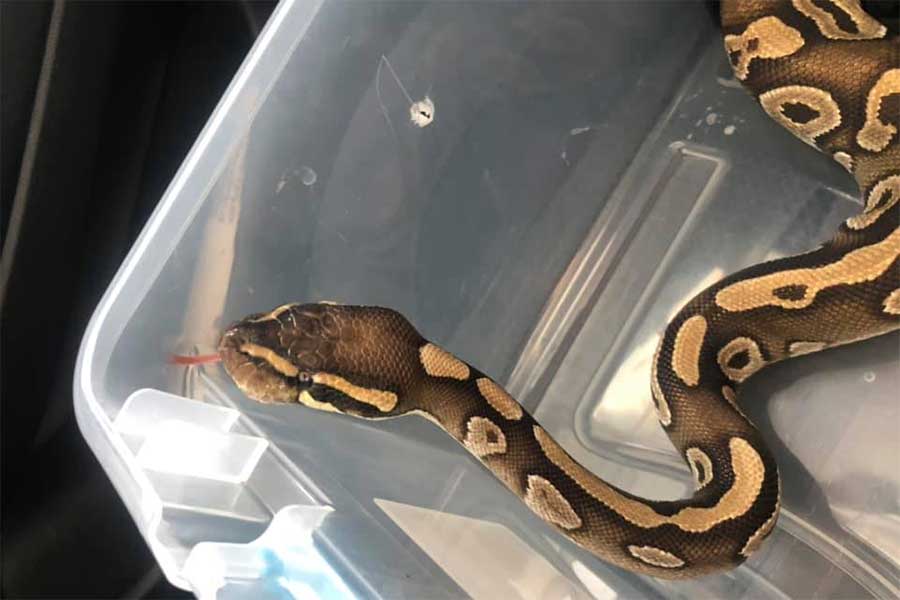
Mouth rot is the common name for infectious stomatitis. Common symptoms of the condition include pinprick red dots in the mouth and excessive amounts of thick mucus.
The pinpricks are actually small areas of hemorrhage. The mucus may have blood or pus in it, which can give it a pink tinge or the appearance of cottage cheese.
This can be minor, or so severe that you see swelling and a loss of appetite. It can be caused by poor conditions, injuries to the mouth, or an opportunistic infection.
This can be easily treated with antibiotics from your reptile vet. If you see signs of this condition, take your snake in immediately. Infections can progress quickly if not treated.
2. Respiratory Infections
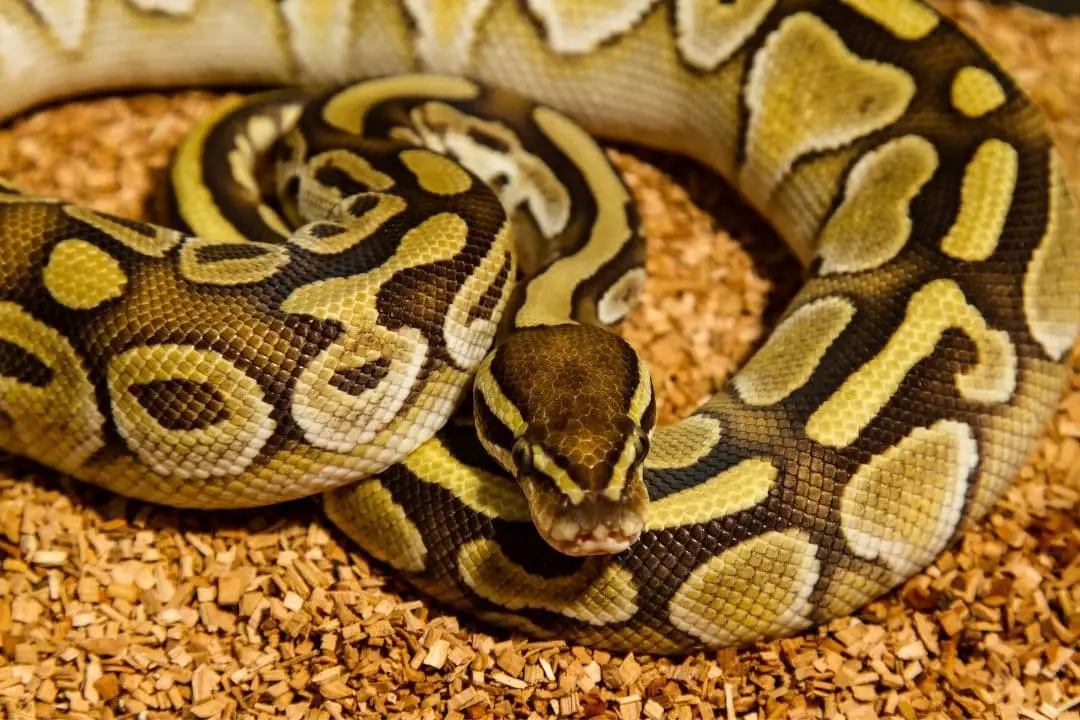
Respiratory infections can accompany mouth rot.
Symptoms include heavy breathing, wheezing, excess mucus, mouth breathing, nasal discharge, lethargy, and loss of appetite. Other infections, viruses, fungi, and parasites can all cause respiratory problems.
The exact treatment will depend on the cause of the illness.
Your veterinarian will likely run multiple tests to discover the cause and offer appropriate treatment. If the cause is bacterial, antibiotics will likely be recommended.
3. Septicemia
Septicemia is a severe condition. Bacteria and the toxins they produce will build up in the blood and organs. This is typically caused by other infections.
You will see lethargy, loss of appetite, open-mouth breathing, and may have a red discoloration to belly scales. A snake with this condition is extremely sick and will be on death’s door.
This is an emergency and requires immediate treatment. Your vet will offer antibiotics, fluids, and force-feeding to try to rescue your snake.
4. Parasites
Parasites are a common concern for captive ball pythons. You may see both external and internal parasites, particularly in wild-caught animals.
External parasites include ticks and mites. Mites look like little black specs about the size of poppy seeds. Ball pythons will soak to rid themselves of parasites, so check the water for floating mites or ticks.
Internal parasites can cause a number of issues including lethargy, loss of appetite, breathing problems, diarrhea, regurgitation, anemia, itching, skin irritation, mouth infections, and weight loss.
Most parasites will be caught during regular check-ups, but you can keep an eye on feces and urine to try to spot signs early. There is a protozoal parasite known as Cryptosporidiosis that can cause a thickening of the stomach muscles.
This can make feeding difficult for your snake since the stomach can’t hold as much. Most parasites can be treated with dewormers from your vet.
Cryptosporidiosis is very difficult to treat and your veterinarian may recommend euthanasia.
5. Skin Infections
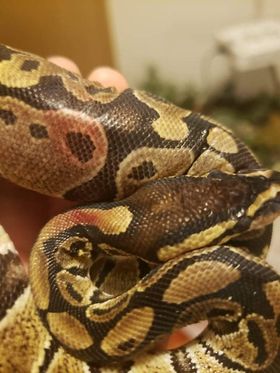
Skin infections or dermatitis are common in snakes kept in dirty enclosures or in very high humidity. You may see reddened skin with numerous, small blisters.
This is easiest to see on the belly of your snake, so be sure to check the belly often. The blisters can fill with bacteria and cause serious effects for your snake.
This can cause severe skin damage and even septicemia. A stuck shed can also cause skin infections. Debris can build up under the skin and cause damage and infections.
The main treatment is to fix the conditions that caused the problem. Severe infections may need antibiotics or other treatments. Consult your vet for help.
6. Inclusion Body Disease
Inclusion body disease (IBD) is a viral infection that can affect boas and pythons. While boas may survive the disease, pythons typically do not. Pythons will typically show symptoms, while boas can hide infections for a year.
You will see many signs of this, including neurological symptoms such as stargazing, loss of appetite, weight loss, chronic pneumonia, abnormal shedding, and regurgitation.
Many snakes will lose the ability to move easily. You may see signs like an inability to right itself and corkscrewing. This disease is highly contagious and will spread through any snakes you have.
You must practice good hygiene and quarantine any new snakes you get. This disease cannot be cured. It is always fatal in ball pythons. Euthanasia is recommended to prevent further suffering.
7. Burns

Burns are a risk any time you have a heating element near an animal. You will see redness in light-colored areas, blistering, and open wounds.
This is most common on the belly, but it can be on any surface of your snake. Any heating element that isn’t guarded and kept plugged into a thermostat can cause burns.
A ball python will seek out the warmest spot it can find, and it may not realize that it is too hot until the damage is already done.
Keep any heating elements out of the enclosure and inaccessible to your snake. If you use a heat mat under the tank, be sure that you have something over the bottom of the tank that your snake cannot get under.
Reptile carpet placed under the substrate or paper towels can help keep your snake from touching hot glass. Heat rocks can also cause this, so never use one.
If your snake is burned, consult your vet for options. Iodine soaks can help, as well as reptile-safe burn treatments. Burns can take a long time to heal. It may take multiple sheds before your snake looks back to normal. There can be permanent scarring.
Sources
- Ball Pythons: Natural History, Husbandry, Diseases, and Treatment
- Ball Python Nidovirus: a Candidate Etiologic Agent for Severe Respiratory Disease in Python regius
- Oral, Cloacal, and Hemipenal Actinomycosis in Captive Ball Pythons (Python regius)
- Inclusion Body Disease of Snakes – VIN
- Common Diseases of Pet Snakes – VCA Hospital
Conclusion
Ball pythons are shy animals, so you need to keep an eye on them to catch illness early. Keep a reptile first aid kit on hand to deal with injuries and head to the vet if you see any concerning signs.
If you have any questions or comments, leave them below.
Everything you need to know about caring for Ball Pythons in captivity:
Read our Ball Python Care Sheet (Complete Setup & Guide)
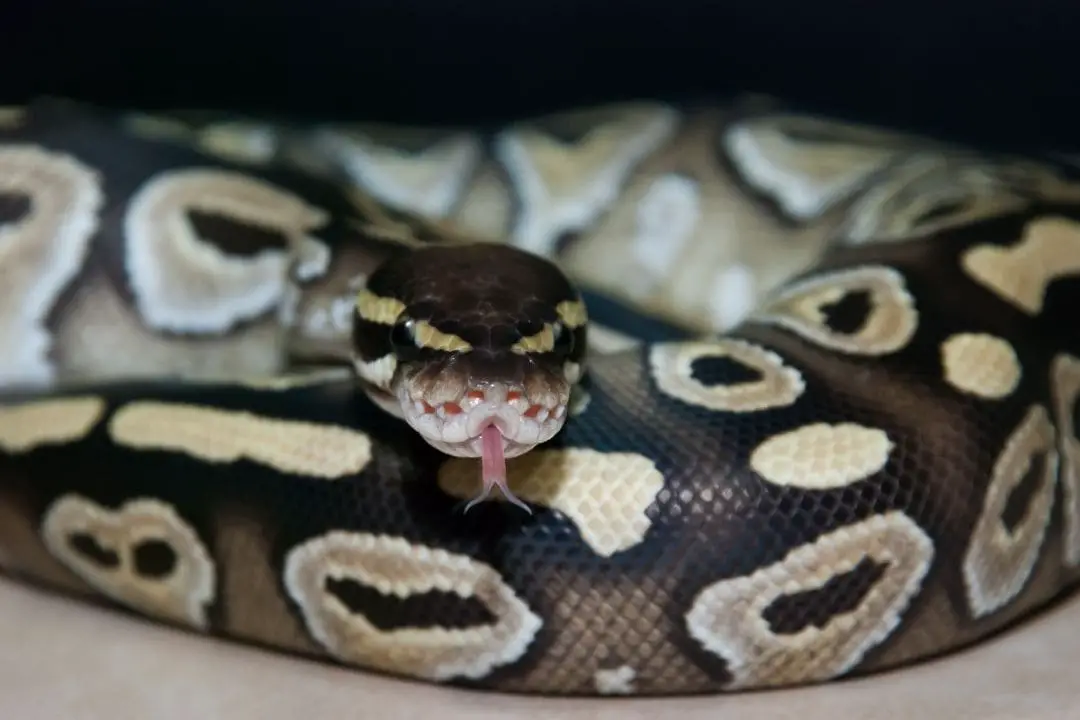
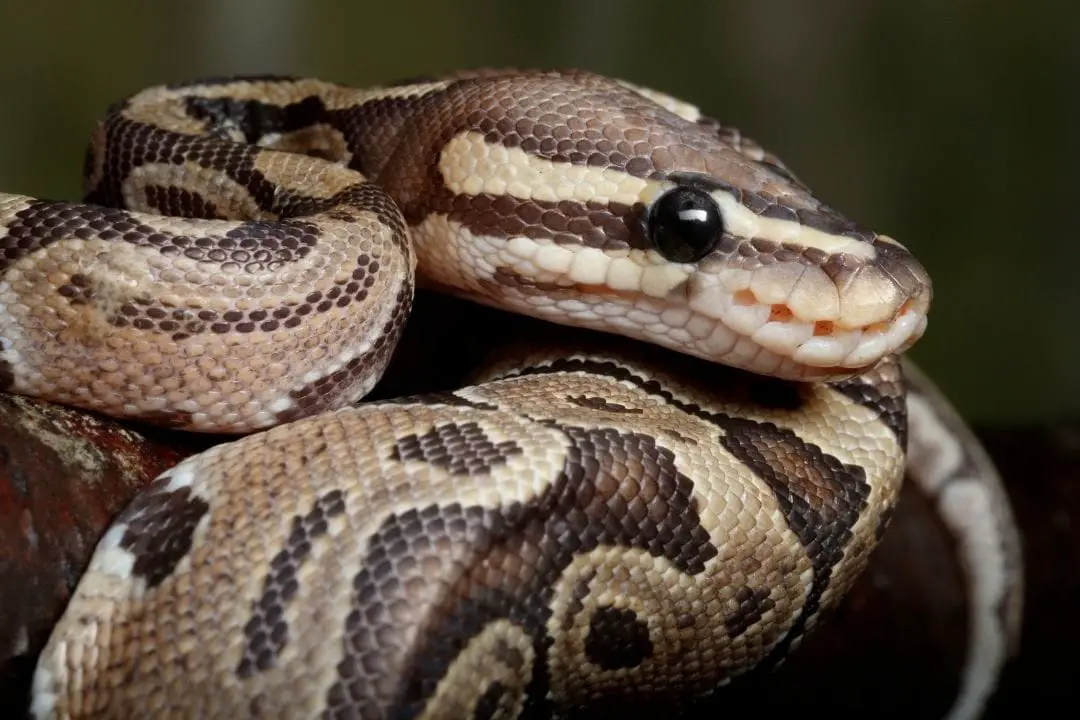
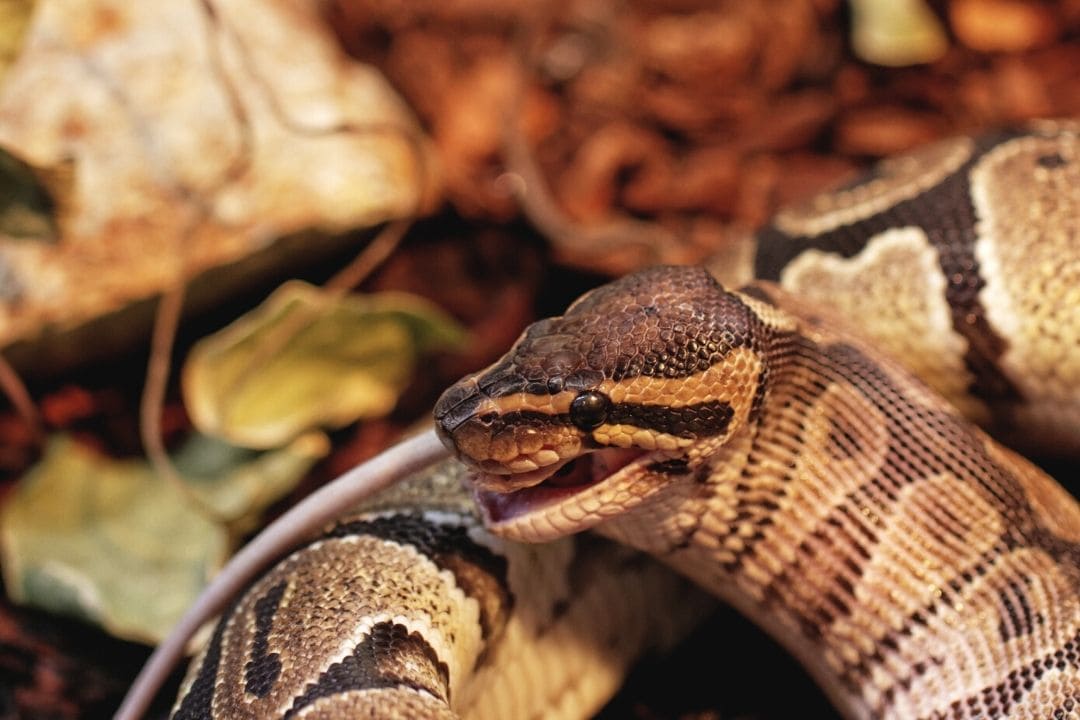
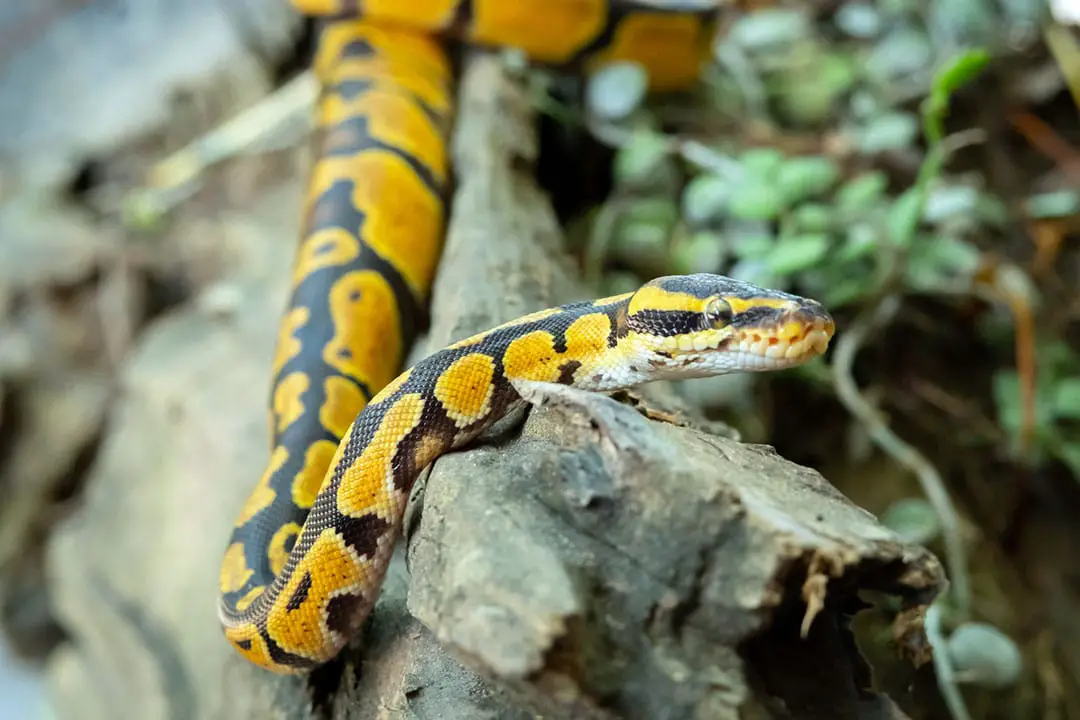

i bought a ball python in October and it never did eat. It started acting pike it had to poop all the time and farting alot. no other signs it was in distress. i should have taken it to the vet because he died tonight. my daughter is devastated. pet store says oh ball python is easiest to keep. maybe he was sick when we bought him. needless to say i know for future never let that symptom go unchecked by a vet